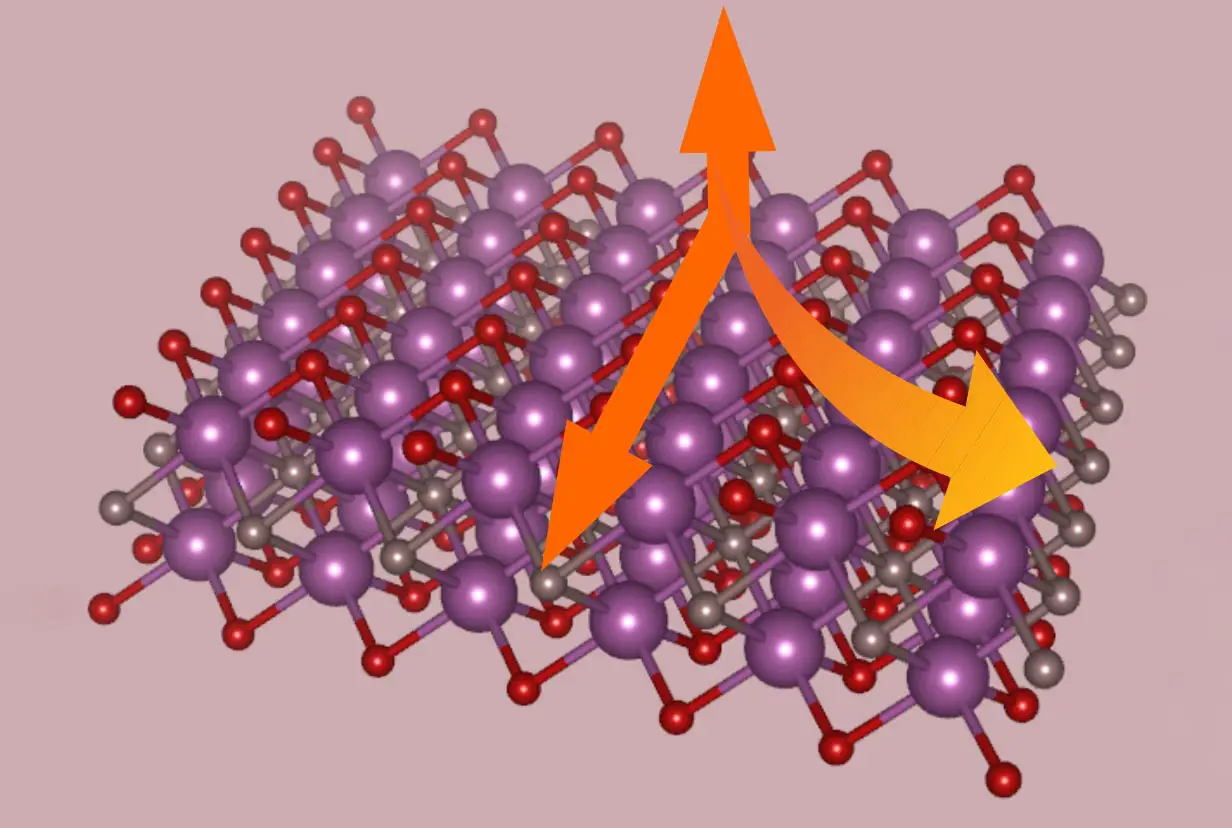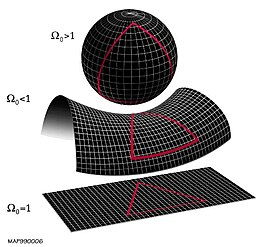The BAE's solar power military drone: Called the Phasa-35 can replace geostationary satellites.
Phasa-35-drone is one of the HASPs or (High-Altitude Pseudo Satellites). Most of those drones are solar-powered aircraft that use small electric engines. Those high-flying pseudo-satellites can replace orbital satellites at least in AWAC (Aiborne Warning and Control) and airborne observation systems. The typical HASP is a system that uses solar power in the daytime. And night time the system uses batteries.
The high-flying solar-powered aircraft might look slow. But that kind of aircraft can control areas and make ELINT and other kinds of missions like in civil and military sectors. Those high-flying aircraft can use low-observable technology like stealth materials and intelligent, AI-based jammer systems. They can equipped with lidars, radars, and laser pointers that can point targets from the ground. The high-flying solar power aircraft can offer radar- and radio communication over selected areas.
The solar-powered drone can get electricity from laser systems. The Humwee-based 10 Kw laser can deliver electricity for those HASPs. But same way things like radio masers can deliver energy to those high-flying platforms. The thing is that the ion-based stealth technology can make those systems survive.
The HASP can also act as a laser platform that points to the targets from the battlefield. And the laser or microwave-based EMP weapon can stop the incoming missiles. The laser weapon that hangs over the battlefield can drop low- and medium-altitude aircraft or drones. That kind of system can be a powerful tool.
The fact is that the HASP system can be hypersonic if it uses the right propulsion. The electric jet engines or nuclear power can make HASPs more powerful than their creators ever imagined.
However, the HASP can also use RTG (radioisotope thermoelectric generators). That makes it possible to travel at nighttime. The engineers can mount the RTG system in smaller drones like Predators. The RTG can rotate the same electric engines with solar power systems.
In some visions, very large drones can use full-scale SMR (Small modular reactors). Those portable modular nuclear reactors or microreactors can give 20 kW power output for their electric power. In some visions. The idea of those high-altitude drones is taken from Convair NB-36H nuclear-powered strategic bomber. The modern systems are more capable than those 1950's systems. Those systems can use electric jet engines for traveling. And they can be highly supersonic stealth bombers or even space planes that can operate either atmosphere or orbital trajectories.
https://www.reuters.com/world/us/westinghouse-unveils-small-modular-nuclear-reactor-2023-05-04/
https://en.wikipedia.org/wiki/Small_modular_reactor
https://en.wikipedia.org/wiki/Convair_NB-36H






































